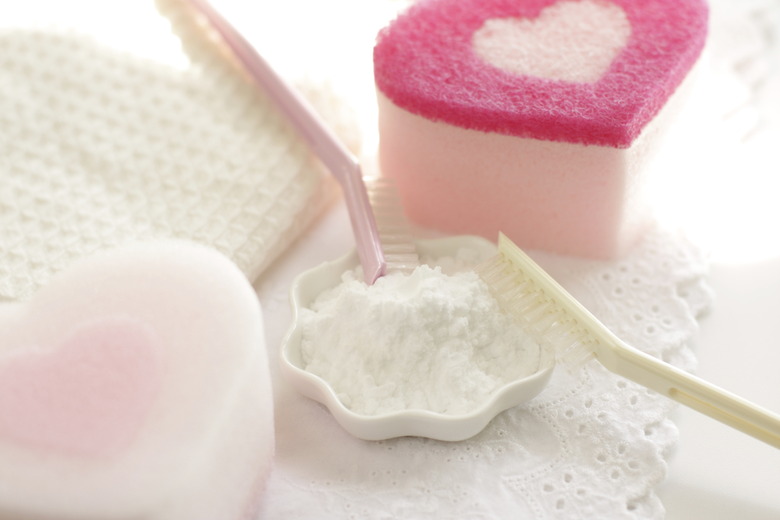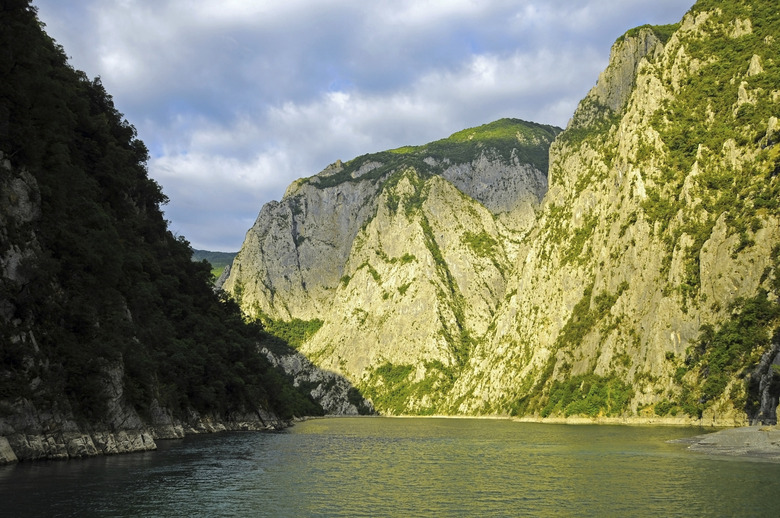Sodium Carbonate Vs. Sodium Bicarbonate
Sodium carbonate and sodium bicarbonate are two of the most widely used and important chemical substances on the planet. Both have many common uses, and both are produced all over the world. Despite the similarity in their names, these two substances are not identical and have many features and uses that differ greatly.
Types
Types
Chemically, sodium carbonate and sodium bicarbonate are very similar. The formula for sodium carbonate is Na2CO3, while the formula for sodium bicarbonate is NaHCO3. Both are ionic compounds, which, when dissolved in water, release a positively charged sodium (Na) ion and negatively charged carbonate (CO3) ion. Sodium bicarbonate also includes a positively charged hydrogen (H) ion.
Features
Features
Sodium bicarbonate is typically a white solid powder. It dissolves readily in water and acts as a weak base. Sodium carbonate is also a solid and a white powder. It is used in powder form for manufacturing and is a strong alkali. Both substances are harmless when in contact with the skin but can cause irritation to the eyes. In low concentrations, neither is toxic if ingested.
Identification
Identification
Both sodium carbonate and sodium bicarbonate go by many different names. Sodium carbonate is most often called soda ash. Other names include washing soda, carbonic acid disodium salt, disodium carbonate and calcined soda. Sodium bicarbonate appears most commonly as baking soda. It also goes by the names of bicarbonate of soda, carbonic acid monosodium salt, sodium hydrogen carbonate and sodium acid carbonate.
Benefits
Benefits
Sodium bicarbonate, sold as baking soda, has a wide variety of household uses. It is an essential aspect of cooking and baking, diminishes odors, can be used for cleaning and works as a fire extinguisher. Sodium bicarbonate is also a widely used substance in natural medicine to reduce acidity, especially of the stomach. Sodium carbonate's most common use is in glass manufacture: almost half of all sodium carbonate is used to make glass. Other uses for sodium carbonate include chemical processing and soap manufacture.
Production
Production
Sodium carbonate can occur naturally on Earth, or it can be manufactured. Sodium carbonate deposits are found throughout the world, with large deposits found in the United States, Botswana, China, Uganda, Kenya, Peru, Mexico, India, South Africa, Egypt and Turkey. Sodium carbonate is principally manufactured using the Solvay process, in which sodium chloride (salt) and ammonia mix to create sodium carbonate. Sodium bicarbonate is also a natural substance, produced by pumping hot water through mineral beds. The sodium bicarbonate dissolves in the water and crystallizes from the solution.
Cite This Article
MLA
Brown, Laurel. "Sodium Carbonate Vs. Sodium Bicarbonate" sciencing.com, https://www.sciencing.com/sodium-carbonate-vs-sodium-bicarbonate-5498788/. 24 April 2017.
APA
Brown, Laurel. (2017, April 24). Sodium Carbonate Vs. Sodium Bicarbonate. sciencing.com. Retrieved from https://www.sciencing.com/sodium-carbonate-vs-sodium-bicarbonate-5498788/
Chicago
Brown, Laurel. Sodium Carbonate Vs. Sodium Bicarbonate last modified March 24, 2022. https://www.sciencing.com/sodium-carbonate-vs-sodium-bicarbonate-5498788/





